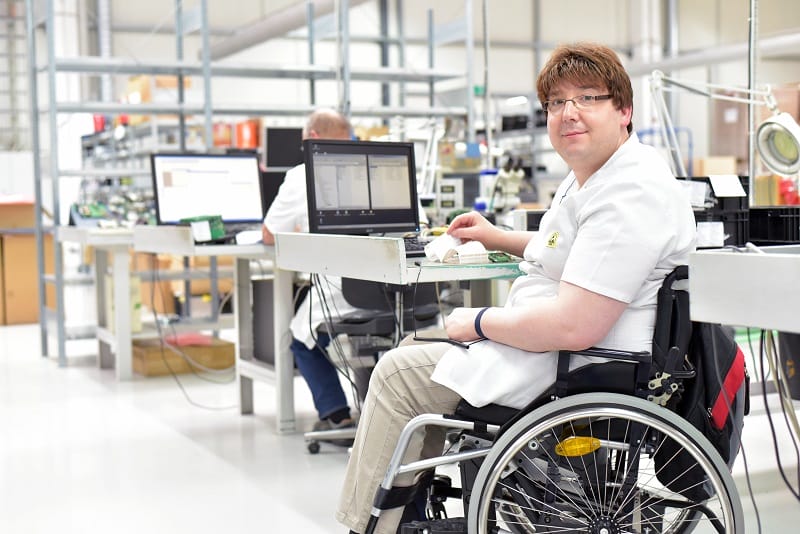Emergencies and disasters can strike without warning, causing chaos and confusion. For individuals with disabilities, these situations can be particularly challenging. Therefore, ensuring inclusivity and accessibility during emergencies is crucial. This article will delve into strategies for making emergency response more inclusive and accessible for individuals with disabilities, a vital step towards a more equitable and resilient society.
The Need for Inclusive and Accessible Emergency Response
Disabilities are diverse, ranging from physical and sensory impairments to cognitive and mental health conditions. Each disability brings unique challenges during emergencies. For instance, people with mobility impairments may struggle to evacuate quickly, and individuals with sensory disabilities may miss standard emergency alerts. Therefore, emergency plans that do not consider these unique needs can put individuals with disabilities at greater risk.
Challenges in Ensuring Inclusive and Accessible Emergency Response
There are numerous challenges to creating inclusive and accessible emergency responses. These include:
- Lack of Accessibility: Emergency shelters, facilities, or transportation may not be accessible to people with disabilities. This can prevent these individuals from evacuating or accessing essential emergency services.
- Communication Barriers: Standard emergency communication methods, such as sirens or radio broadcasts, may not be effective for individuals with sensory impairments. This can leave these individuals uninformed and unprepared.
- Inadequate Planning: Emergency plans often don’t consider the diverse needs of individuals with disabilities. For instance, plans may not account for how to assist individuals with disabilities in evacuation or how to maintain necessary support services during an emergency.
Strategies for Ensuring Inclusive and Accessible Emergency Response
Despite these challenges, there are several strategies that emergency planners and responders can implement to ensure inclusivity and accessibility:
- Inclusive Emergency Planning: Involve individuals with disabilities, disability advocacy groups, and caregivers in emergency planning. This allows planners to understand the unique needs and perspectives of individuals with disabilities and create more effective, inclusive plans.
- Accessible Emergency Communications: Ensure all emergency communications are accessible. Use multiple methods of communication such as visual, auditory, and tactile alerts. Provide emergency information in easy-to-understand formats and languages, and use sign language interpreters or closed captioning when appropriate.
- Accessible Emergency Facilities and Services: Ensure emergency shelters and facilities are accessible. This includes providing ramps for wheelchair access, ensuring adequate space for maneuverability, and providing accessible restrooms. Also, provide accessible transportation options for evacuation.
- Continuity of Support Services: Plan for the continuity of essential support services. This includes ensuring individuals with disabilities can bring their assistive devices or service animals to emergency shelters and planning for the continuation of personal care or medical services.
- Training for Emergency Responders: Train emergency responders to understand and meet the needs of individuals with disabilities. This includes training on disability etiquette, recognizing and responding to various disability needs, and how to assist with evacuation or sheltering.
The Role of Technology in Ensuring Inclusive Emergency Response
Technology can play a crucial role in making emergency response more inclusive and accessible. For instance, mobile apps can provide customized alerts for individuals with sensory impairments. Drones or robotic aids can assist with evacuation or rescue operations for individuals with mobility impairments. AI and machine learning can be used to predict individual needs and optimize emergency response.
Conclusion: An Inclusive and Accessible Emergency Response is a Collective Responsibility
Ensuring inclusivity and accessibility during emergencies is a collective responsibility. By incorporating the needs of individuals with disabilities into emergency planning, we can create an emergency response system that respects and protects the rights and dignity of all individuals. Because in the end, an inclusive and accessible emergency response isn’t just about responding to the emergency at hand, it’s about building a more resilient and equitable society for the future.
If you would like to know more or would like our assistance in the areas mentioned check us out at www.intrinsicsafety.com.au. Alternately, call us on 1300 990 336 or email us at [email protected]



